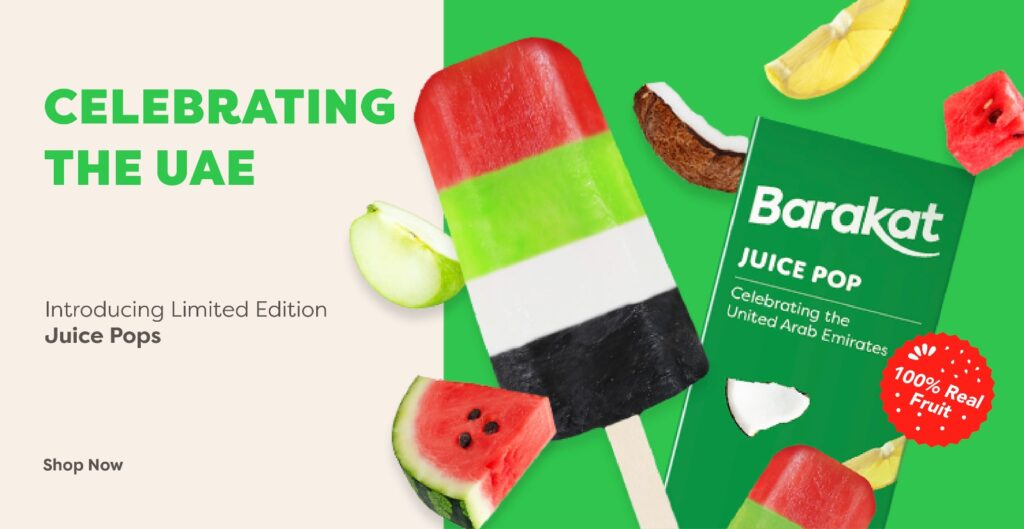In this era of digital innovation, grocery delivery applications have emerged as a revolutionary force. They’ve fundamentally transformed the way we purchase our food and consume it. These intuitive platforms are not just about convenience but also hold the power to curtail food waste greatly while encouraging sustainable practices within the food sector. By refining the way we shop, enhancing control over inventory management, and nurturing better consumption behaviors amongst users, these frameworks induce far-reaching transformations that positively impact various levels of the food supply chain.

Efficient Inventory Management
Grocery delivery applications enhance sustainability primarily by means of productive inventory regulation. Utilizing comprehensive algorithms and data examination, these apps can accurately forecast customer desires. With this information-based tactic comes the minimizing of surplus stock, which lessens the chances for perishable products, like meat marinates and dairy products, to pass their sell-by date on store shelves before being purchased.
Reduced Food Spoilage
With lightning speed, these apps link customers to fresh groceries and produce via prompt delivery services, reducing the risk of food deterioration. Traditional physical shops run into difficulties when trying to keep ideal conditions for storing items, which can result in the early rotting of meats, fruits, veggies, or other perishable goods. Grocery-delivering applications sidestep these problems by quickly moving products straight from distribution centers right up to buyers’ front doors — this not only keeps them fresh but also prolongs their shelf life.
Donating Surplus Food
A number of food delivery applications collaborate with nearby charitable institutions and hunger relief organizations to prevent surplus yet consumable foods from becoming waste. They continuously ensure that overflow stock or items nearing their expiry dates are diverted efficiently toward those in need via these collaborations. This tactic not only minimizes wastage but also contributes significantly to mitigating the problem of food scarcity within local communities.
Encouraging Conscious Consumption
These applications enable buyers to make well-considered decisions about their shopping. They provide comprehensive details on products, such as expiry dates, nutrition facts, and origin information. This allows consumers to buy goods that suit their requirements while cutting down on rash purchases and minimizing food waste due to excessive buying or bad planning.
Minimized Packaging Waste
Moreover, many apps for grocery delivery let users indicate their preference for smaller amounts of packaging or green packaging solutions. They steer clear of unnecessary utilization of items like plastic containers and bags, thus playing a part in limiting the creation of garbage. This promotes a more sustainable method of doing our grocery shopping.
Innovation in Supply Chain Efficiency
The rise of grocery delivery apps has propelled the sector to revamp its supply chain processes. These platforms, bridging from farmsteads to homes, foster collaborations with neighborhood growers and agriculturists, advocating a simplified yet direct supply channel. The advantage is twofold – it bolsters local businesses that offer lamb meat, fruits, and vegetables while simultaneously cutting down on carbon emissions linked with protracted transit and warehousing.
Empowering Sustainable Choices
Additionally, grocery delivery apps frequently spotlight products that are organic and sustainable. This offers an easier path for buyers to locate and select earth-friendly alternatives. Such prominence lifts consciousness towards sustainable habits while advocating the usage of green items, thereby cultivating a more balanced food environment globally.
Data-Driven Insights for Proactive Waste Reduction
Grocery delivery applications harvest a wealth of data that provides a priceless understanding of consumer habits and choices. This information proves beneficial for retailers, suppliers, and manufacturers in recognizing the sources of waste production while spotlighting potential areas for enhancement. Leveraging this knowledge enables industry players to take active steps towards lessening wastage, improving manufacturing processes, and fine-tuning products to closely meet customer needs – all contributing significantly toward augmenting sustainability within food-related sectors.
The surge in the development of grocery delivery applications signifies a crucial transformation towards an improved and sustainable food mechanism. These platforms utilize technology, data, and shopper cognizance to aggressively tackle food wastage at different points in the supply chain while encouraging mindful eating habits.
Adopting these breakthroughs not only heightens convenience but also strengthens our vow to construct a healthier world for future generations to inhabit. As we persistently accept this new-age innovation, its positive effects on reducing food waste and improving sustainability will unquestionably proliferate, crafting an eco-friendly existence filled with hope.